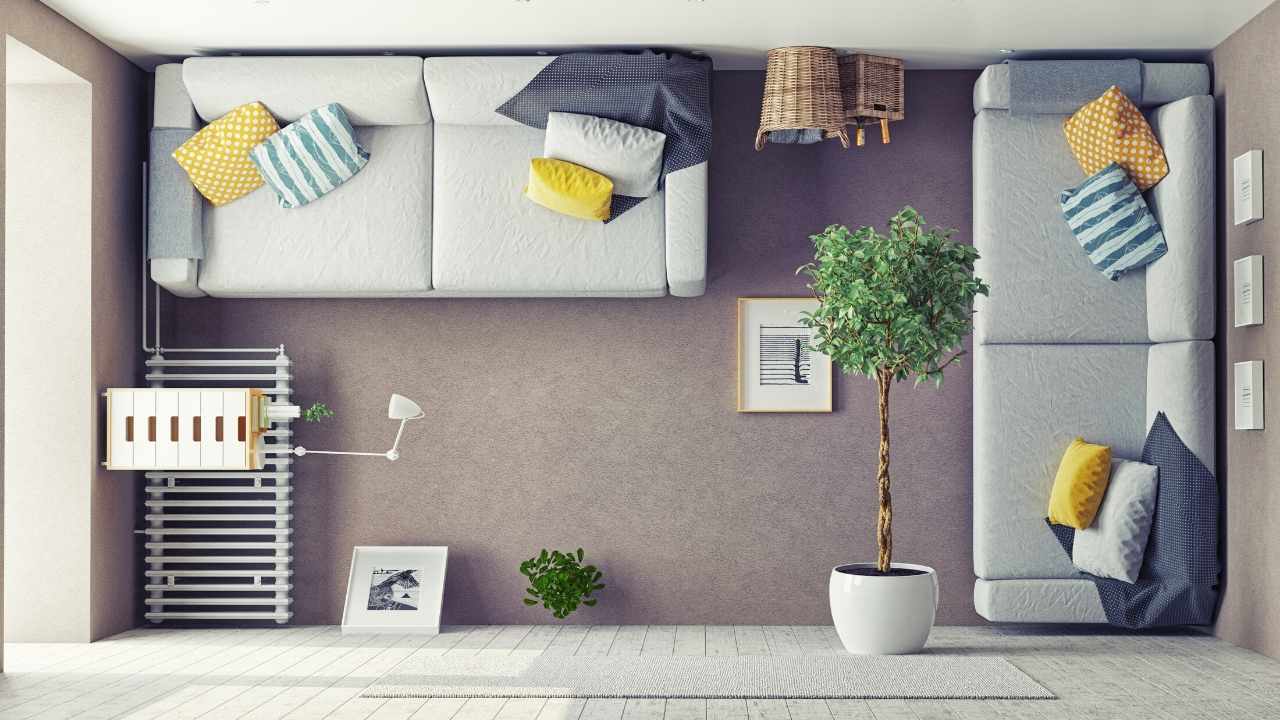
There are many ways you can reduce dust while sanding. You can reduce dust by covering your floors and furniture with plastic sheets. You can also use a small fan to draw air from the rest of the house into the sanding area. Although it may seem difficult, this will make the process much quicker and less messy. Below are some tips for minimizing dust during sanding.
A two-sided barrier made of plastic will reduce dust in closed areas. You will have more space for dust to settle. While you're sanding or sawing, make sure to wear construction-strength safety gear, including a mask and eye gear. Using a coverall is also a great idea if you plan on sanding drywall.

The sanding area should be covered with plastic sheeting. It should be tightly taped along all surfaces and allow for access to the area. If the seals aren't perfect, holes or tears will allow dust to escape. But this type of cover will help keep the dust contained to a specific area. You can work in a small area if you use the plastic sheeting correctly. There is little chance of dust spreading throughout your home.
To reduce dust when sanding, use a standard HVAC-air filter. Attach the filter directly to the intake side on a portable box fan. The fan should be set up near the sanding areas, with the filter facing towards the sander. The filter will catch the dust generated by the sander. It can't spread the dust if it's not sealed.
Dust barriers are another way to reduce dust. This is a simple way to reduce dust buildup in drywall. Although this may seem cumbersome, it is an effective way of avoiding dust in your space. When sanding a ceiling, try to place the sheet of plastic in a location where people don't have access.

Be sure to clear away any dirt or other debris from the surface of the workpiece before you start sanding. This will reduce dust buildup. Dust can be avoided. The dust you're breathing in is a major problem. This is why you should not sand around furniture and walls.
A quality sander will make sure you have a dust free environment. A good sander is able to eliminate the need of a dust bag. To avoid excessive dust, sanding must be done with caution. You can use paper towels and a vacuum to help. Additionally, it is important to remove any plastic sheets or newspapers. While sanding, you should avoid leaving glue on the floor.
FAQ
How much does it cost to renovate a house?
Renovations usually cost between $5,000 and $50,000. Most homeowners spend between $10,000-$20,000 on renovations.
What is the average time it takes to renovate a house?
It all depends on how big the project is and how much time you spend each day. The average homeowner spends between three to six hours per week on the project.
How can I avoid being ripped off while renovating my home?
It is important to understand what you are buying to avoid being scammed. Make sure you read every word of the contract before signing it. Don't sign any contracts that aren't complete. Always ask for copies of signed contracts.
Is it worth the extra cost to build or remodel a house?
There are two options if your goal is to build a new home. You can buy a pre-built house. This type of home is already built and ready to move in to. You also have the option to build your home from scratch. If you choose this option, you will need to hire someone to help you design your dream home.
How much time and effort you put into designing and planning your new home will determine the cost. You'll probably need to do the majority of the construction work yourself if you build a custom home. This will require more effort. But, you also have more control over which materials you choose and where you place them. It may be easier to find a contractor who is skilled in building custom homes.
A new home is typically more expensive than one that has been renovated. Because you will need to pay more money for the land and any improvements made to the property, this is why a new home is usually more expensive. Permits and inspections are also required. The average price difference between a new home and one that has been renovated is between $10,000 and $20,000.
Statistics
- They'll usually lend up to 90% of your home's "as-completed" value, but no more than $424,100 in most locales or $636,150 in high-cost areas. (kiplinger.com)
- ‘The potential added value of a loft conversion, which could create an extra bedroom and ensuite, could be as much as 20 per cent and 15 per cent for a garage conversion.' (realhomes.com)
- It is advisable, however, to have a contingency of 10–20 per cent to allow for the unexpected expenses that can arise when renovating older homes. (realhomes.com)
- Design-builders may ask for a down payment of up to 25% or 33% of the job cost, says the NARI. (kiplinger.com)
- According to the National Association of the Remodeling Industry's 2019 remodeling impact report , realtors estimate that homeowners can recover 59% of the cost of a complete kitchen renovation if they sell their home. (bhg.com)
External Links
How To
How can I plan a complete house remodel?
Planning a home remodel takes planning and research. Before you even start your project there are many important things that you need to take into consideration. You must first decide what type home improvement you want. You could choose from different categories such as kitchen, bathroom, bedroom, living room, etc. After you decide which category you want to work on, figure out how much you can afford to spend on the project. If you are new to working in homes, budget at least $5,000 for each room. You might be able get away with less if you have previous experience.
Once you have figured out how much money you can afford to spend, you'll have to determine how big of a job you want to tackle. If your budget only allows for a small renovation of your kitchen, you will be unable to paint the walls, replace the flooring or install countertops. On the other side, if your budget allows for a full renovation of your kitchen, you'll be able do just about any task.
Next, find a contractor that specializes in the project you are interested in. This will ensure you get quality results and save you a lot of hassle later. After finding a good contractor, you should start gathering materials and supplies. You may need to purchase everything from scratch depending on the size and scope of your project. There are many stores that offer pre-made products so it shouldn't be difficult to find what you need.
Once you've collected all the materials you will need, you can begin to plan. To begin, draw a sketch of where you would like to place furniture or appliances. The next step is to design the layout of the rooms. Be sure to leave enough room for electric outlets and plumbing. Visitors will be able to easily reach the areas that are most frequently used near the front doors. The final step in your design is to choose colors and finishes. Avoid spending too much on your design by sticking to simple, neutral colors and designs.
Now that you're finished drawing up your plan, it's finally time to start building! Before you start any construction, be sure to check the local codes. Some cities require permits while others allow homeowners to build without one. You will need to first remove all walls and floors that are not required for construction. The next step is to lay plywood sheets on your new flooring. Next, you'll attach the wood pieces to the frame of your cabinets. Lastly, you'll attach doors and windows to the frame.
After you're done, there are still a few things you need to do. You might want to cover exposed pipes or wires. You will need to use tape and plastic sheeting for this purpose. It's also a good idea to hang mirrors and photos. You should always keep your work area clean.
This guide will show you how to create a functional, beautiful home. It will also save you a lot of money. Now that you have a basic understanding of how to plan a house remodel, it's time to get started.